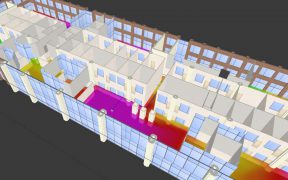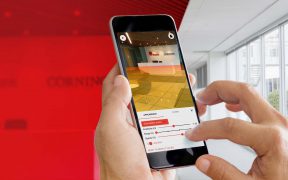Category: Enterprises

Available for many years and compatible with all our software, iBwave’s free read-only viewer is a popular go-to for the customers of our customers to review survey and design work done on their projects. In this blog I’ll take you on a quick tour of what it can do. An Overview of iBwave Viewer Features […]

Some of you already know we’ve been playing with the idea of how to use Augmented Reality in the wireless network design process for the last little while. It’s been a fun innovation project to work on and a fun one to show people along the way at various conferences and events. But we wanted […]

Did you see the latest news for iBwave Wi-Fi? It’s got a couple of new features we’re excited to let you know about. Zigbee Support in iBwave Wi-Fi Zigbee uses IEEE’s 802.15.4 network standard to communicate with other Zigbee devices and like Wi-Fi devices, works on the 2.4 GHz band. And while we’ve always supported […]
